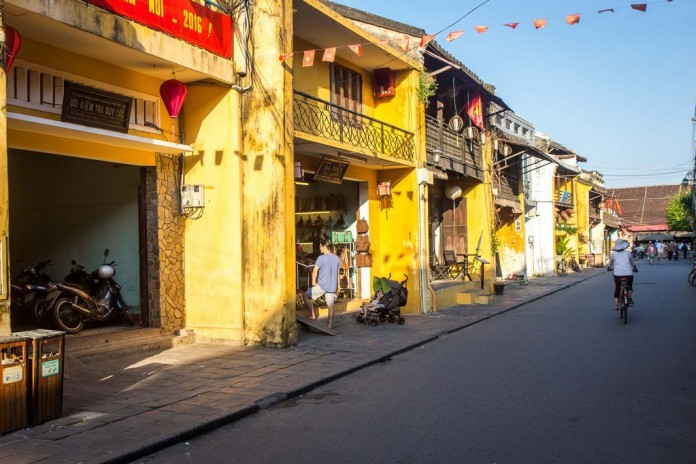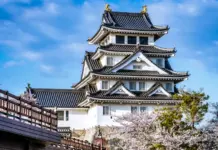Despite being a little bit disconcerted on arrival in Hoi An at the first place, Michael eventually got totally mesmerized by its moving beauty.
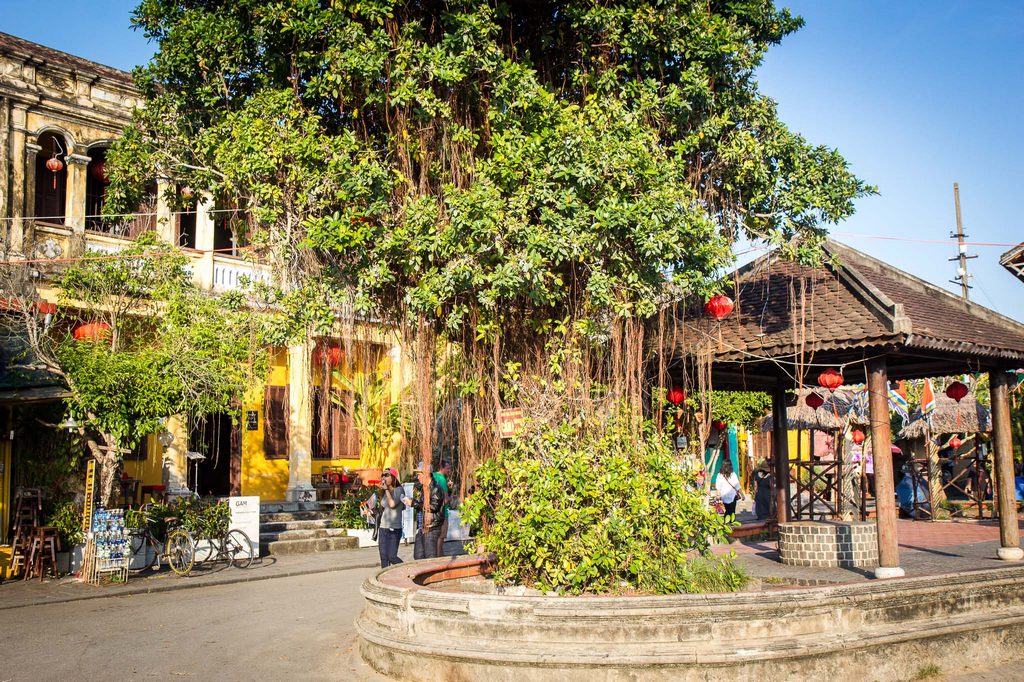
Michael Turtle used to work in broadcast journalism for over a decade in Australia and he made a decision to leave Sydney to start his indefinite travel around the world. Heading to Vietnam, he visited Hoi An as the first name in the must-go list of destinations in this beautiful country.
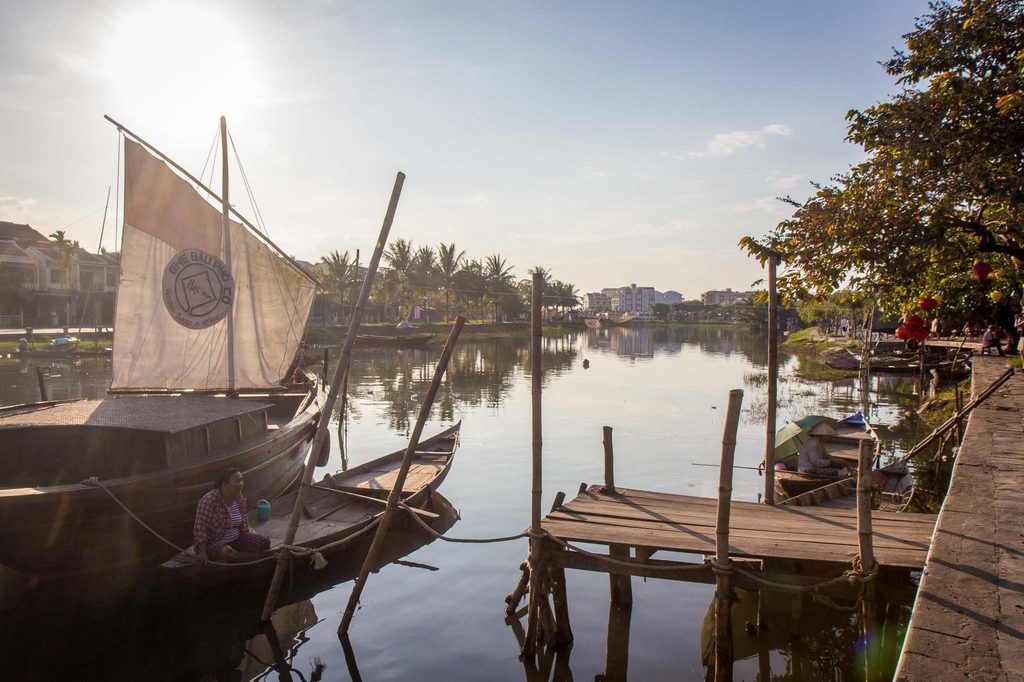
Hoi An was once designed as a trading hub – and that’s what it did well between the 15th and 19th centuries. It was a port city, set on a river, that helped the flow of commerce through Asia, then Europe, then even further afield. It was where people from across the region and across the world came to buy, to sell, to haggle, to rip off and be ripped off.
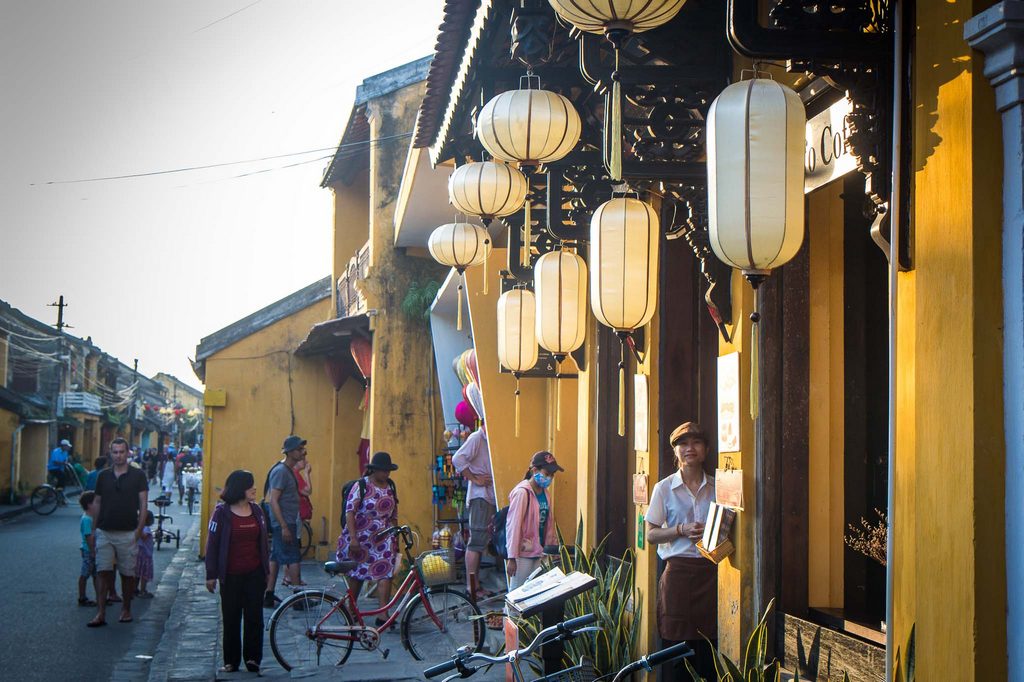
The first impression of Michael in Hoi An, however, was not very good. “Please buy something!” the woman shouted at him as he walked past her shop. “You get that a lot as you walk the streets in Hoi An’s historic centre.“, he shared.
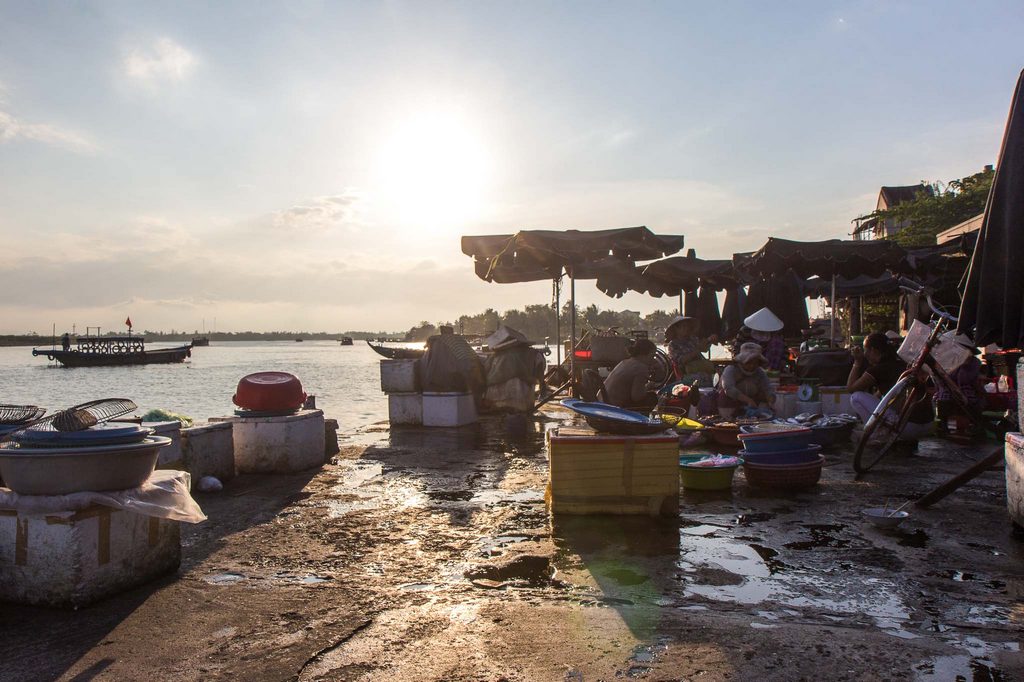
“Everything here is about commerce. Almost every single building is a shop, a restaurant, a hotel, a bar, or a tour agency. Plus, there are rather many rickshaw drivers. A lot of times they came up to me and asked: “You want a ride?””.

Then all bad confusion was completely washed away as Michael had chances to deeply mingle himself in the real beauty of Hoi An. “During the 19th century, the trade through this region declined and businessmen began to leave the city. Unlike other ports in Asia, which modernised and underwent large-scale developments, Hoi An was abandoned from a commercial perspective. It meant that nobody demolished the original houses to build bigger warehouses and suburbs weren’t reclaimed for high-tech port equipment. The beautiful buildings were effectively preserved. “, said Michael.
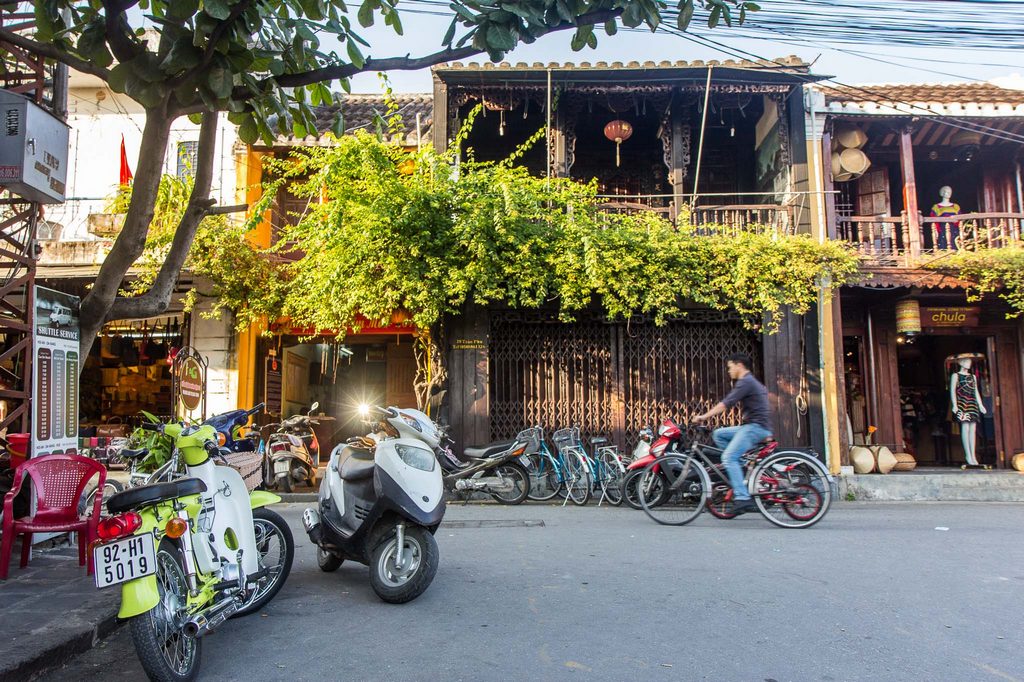
It’s these buildings that have now led to the city’s economic recovery. They sit together tightly on both sides of narrow streets that cross each other in a grid formation. They are timber framed with brick or wooden walls. There are clearly Chinese and Japanese influences in many of the designs – particularly the roofs. But there are also signs of the cultural symbols that European traders brought with them over the years.
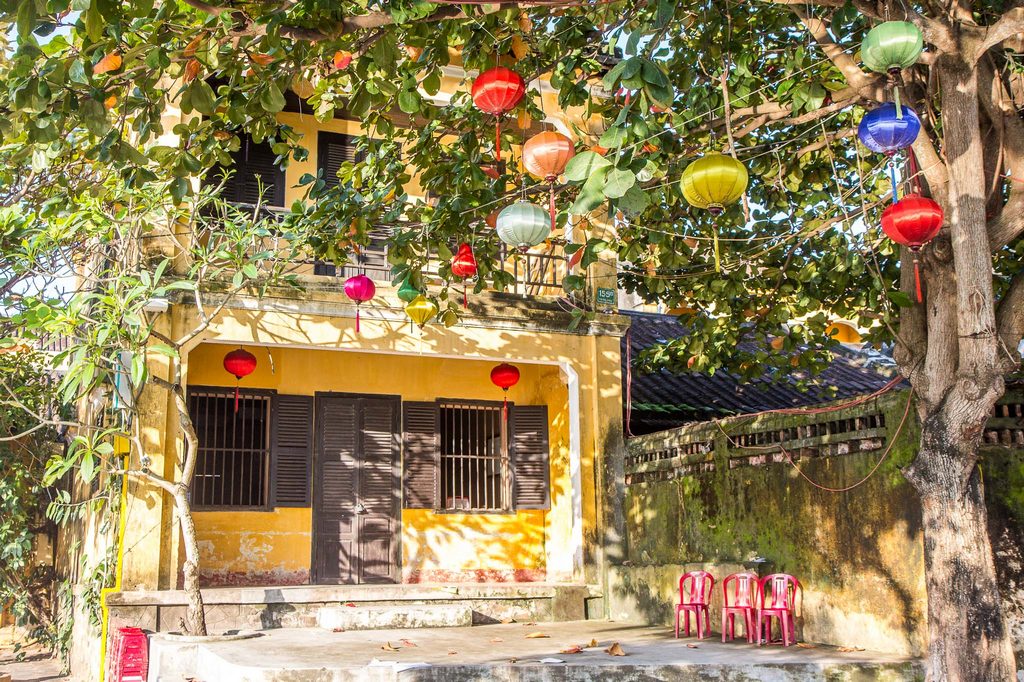
Hoi An gives visitors a feeling of a heavenly, magical, and lyrical place. The consistency in the architecture, the motifs, even the colour – it’s as though someone has created the central part of the city as a theme park. But it’s real, it’s authentic, and it’s historic. There are 1,107 buildings in the town that have been protected by heritage listing. “And that’s why the tourists come here and that’s why the businesses are here as well.” Michael shared.
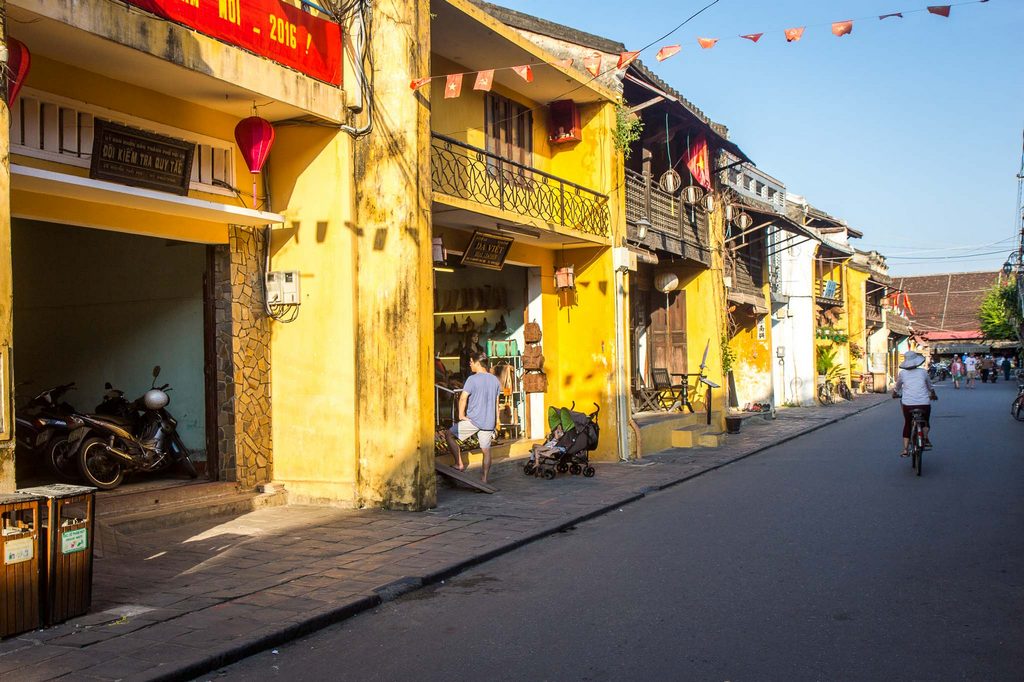
Michael wishes that Hoi An forever remains its mesmerizing beauty and historic culture, or it will keep it original tradition where locals will never appreciate financial benefit as the most important thing, as well.
Read more Hoi An travel guide at here.































![10 best airports in Asia in 2016 [RANKED] kuala-lumpur-international-airport-best airports in asia in 2016 by skytrax ratings](https://livingnomads.com/wp-content/uploads/2016/08/29/kuala-lumpur-international-airport-best-airports-in-asia-in-2016-by-skytrax-ratings-218x150.jpg)








